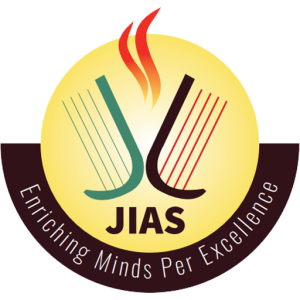The Teacher Eligibility Test (TET) is an examination conducted in many countries, including India, to assess the eligibility of candidates for the teaching profession. TET exams are generally held at the national, state, or regional levels, depending on the country’s education system.
The primary purpose of the TET exam is to ensure that only qualified and competent individuals are allowed to become teachers. It serves as a benchmark to assess the candidates’ knowledge, understanding, and teaching aptitude required for teaching at various levels, such as primary, elementary, or secondary schools.
The TET exam typically consists of two papers: Paper I and Paper II. Paper I is designed for candidates aspiring to teach at the primary level (Classes I to V), while Paper II is for those aiming to teach at the elementary or secondary level (Classes VI to VIII). Some countries may have additional papers for specific levels or subjects.
The exam syllabus usually includes subjects such as Child Development and Pedagogy, Language (for both the first and second languages), Mathematics, Environmental Studies, and Social Studies. The questions are objective-type multiple-choice questions (MCQs) that test the candidates’ subject knowledge, teaching methodologies, reasoning abilities, and educational psychology.
Qualifying the TET exam is often a mandatory requirement for individuals seeking teaching positions in government schools, aided schools, and even private schools in some cases. The exam score is considered an essential criterion during the teacher recruitment process, and candidates who meet the eligibility criteria and obtain a minimum qualifying score are issued TET certificates, which are valid for a specific period.
TET exams aim to enhance the quality of teaching and improve the overall education system by ensuring that teachers possess the necessary skills and knowledge to provide quality education to students.
Curriculum
- 1 Section
- 0 Lessons
- 10 Weeks
- TET Introduction0




